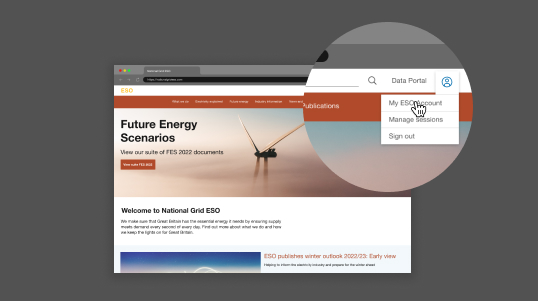No one can control the weather. While GB’s electricity system is very resilient, there are times that Mother Nature makes herself known.
From destructive winds to heavy rainfall, severe storms can quickly impact GB’s energy system. The ESO’s Electricity National Control Centre (ENCC) has the tools and knowledge to mitigate this impact, keeping the supply of electricity moving to where it needs to go.
Planning ahead
GB has been in the path of destruction for many recent major storms, from Ciara and Dennis to the Beast of the East. How do we mitigate these effects to keep electricity flowing? From forecasting major weather events to balancing supply and demand, the ENCC has a range of functions to counter the disruption caused by weather events.
As soon as we see a weather warning, we begin monitoring things very closely. Two days before a storm, we decide on a plan of action. This involves understanding the weather ahead, identifying system outages, looking for weak spots on the system and taking defensive measures. We can then dispatch the right energy mix as quickly and economically as possible.
At this stage, we collaborate closely with various people across the grid. Communication is key to make sure we have enough supply on the system.
As the certainty of the storm increases, we work with planners of circuit outages and equipment routine maintenance within the ESO and other organisations. We may request that they pause new outages, stop planned outages and recall any outages that are about to happen. Should the storm cause any unplanned outages, these proactive measures make sure that electricity will be available and that the system is as strong as possible.

